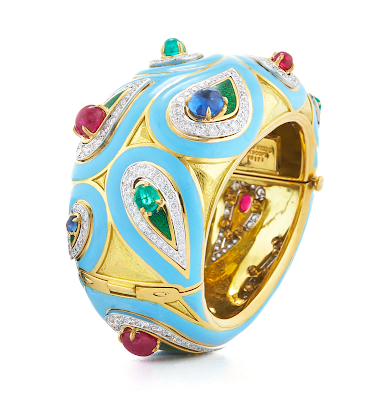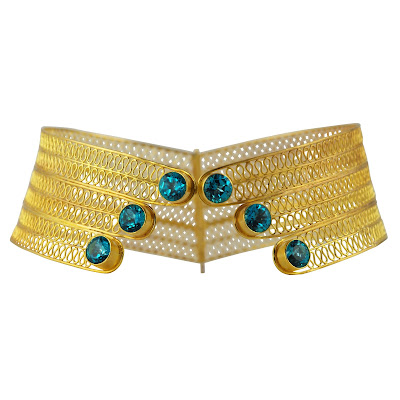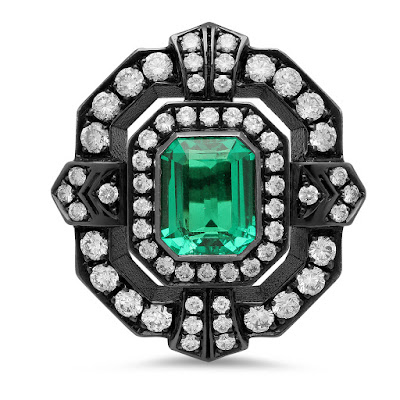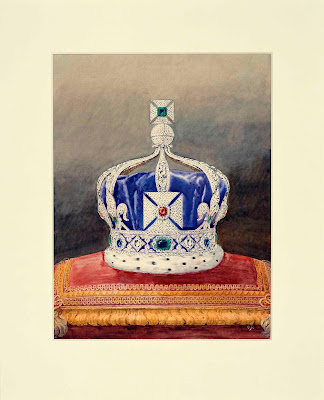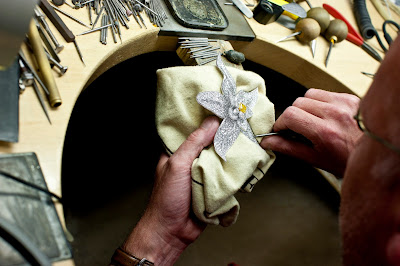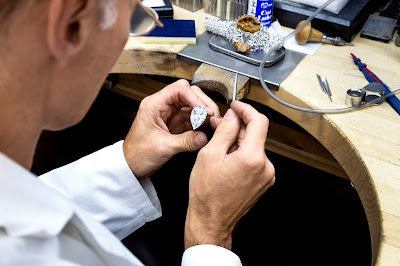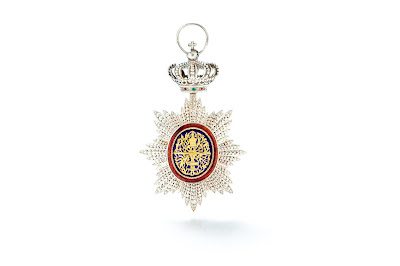 |
| David Beckham wearing the Tudor Black Bay S & G |
Tudor has been keeping busy lately. The Swiss watch brand on Tuesday announced the signing of two new brand ambassadors. The first is David Beckham, the international soccer star and fashion icon. The second is the biggest name in the world of Rugby, the New Zealand All Blacks.
Beckham and the All Blacks will star in Tudor’s new campaign with the “Born To Dare” signature. The company says the campaign reflects “the history of the brand and what it stands for today. Daring individuals have long chosen Tudor while achieving the extraordinary on land, ice, in the air and underwater. It also refers to the vision of Hans Wilsdorf, the founder of Tudor, who manufactured Tudor watches to withstand the most extreme conditions, watches made for the most daring lifestyle."
 |
| The All Blacks wearing the Tudor Black Bay Dark |
The Tudor “Born To Dare” spirit is expressed in the following statement:
“We are devoted to the classic. But reject the status quo. We keep the best of the past, the best watchmaking practices, the best designs. And push the boundaries of what’s new. Born for a purpose. Field-tested to the extreme. For those who are up for anything. For those who face their fears.”
 |
| A closer look of David Beckham wearing the Tudor Black Bay S & G |
Beckham, in the same statement, said he became interested in the brand through its sibling brand Rolex, which he collects. “I was attracted to Tudor by the attention to detail I could see in their watches. I then learned about the history of the brand—one of adventure, pioneer diving and daring expeditions. I was instantly hooked.”
Below is a video with Beckham in Tudor's Born To Dare campaign.
Beckham in the campaign wears the Black Bay S&G, a vintage-inspired steel and gold diver’s watch as well as the Black Bay Chrono, a COSC-certified chronograph with column-wheel manufacture caliber, drawing upon Tudor's diving and motorsports heritage.
 |
| The All Blacks star player, Beauden Barrett, wearing the Tudor Black Bay Dark |
The All Blacks is the most successful national team in the history of professional rugby, known for their winning ways and their “haka” pre-game ritual—based on the traditional war challenge from the Māori people of New Zealand.
Tudor’s sponsorship of the All Blacks includes separate sponsorships for its star player, Beauden Barrett, and the upcoming 2017 DHL New Zealand Lions Series. Every four years, the best rugby players in England, Ireland, Scotland and Wales, combine to become the British and Irish Lions team and tour one of the Southern Hemisphere rugby nations. In 2017, the tour will be in New Zealand and include three matches with the All Blacks, beginning June 24.
The All Blacks and Barrett are photographed in the campaign wearing the Black Bay Dark, a vintage-inspired all-black steel diver’s watch.
Below is the haka being performed by the All Blacks prior to the final of the Rugby World Cup 2011 against the French team in New Zealand.
Please join me on the Jewelry News Network Facebook Page, on Twitter @JewelryNewsNet, the Forbes website and on Instagram @JewelryNewsNetwork






